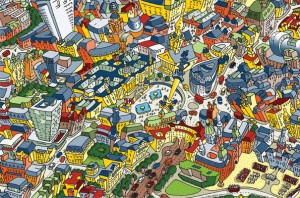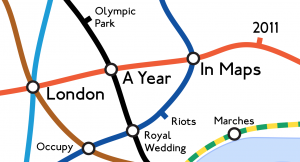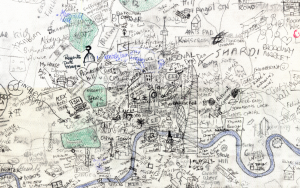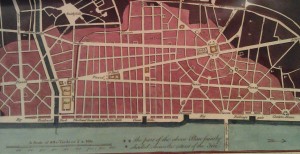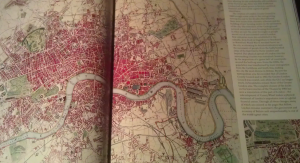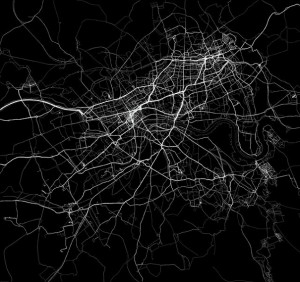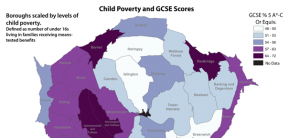Deceptive in their Beauty?
Finding ways to effectively map population data is a big issue in spatial data visualization. The standard practice uses choropleth maps that simply colour administrative units based on the combined characteristics of the people that live there (see below). These maps are popular with cartographers for a couple of reasons. You get a clear sense that the …
Continue reading »
